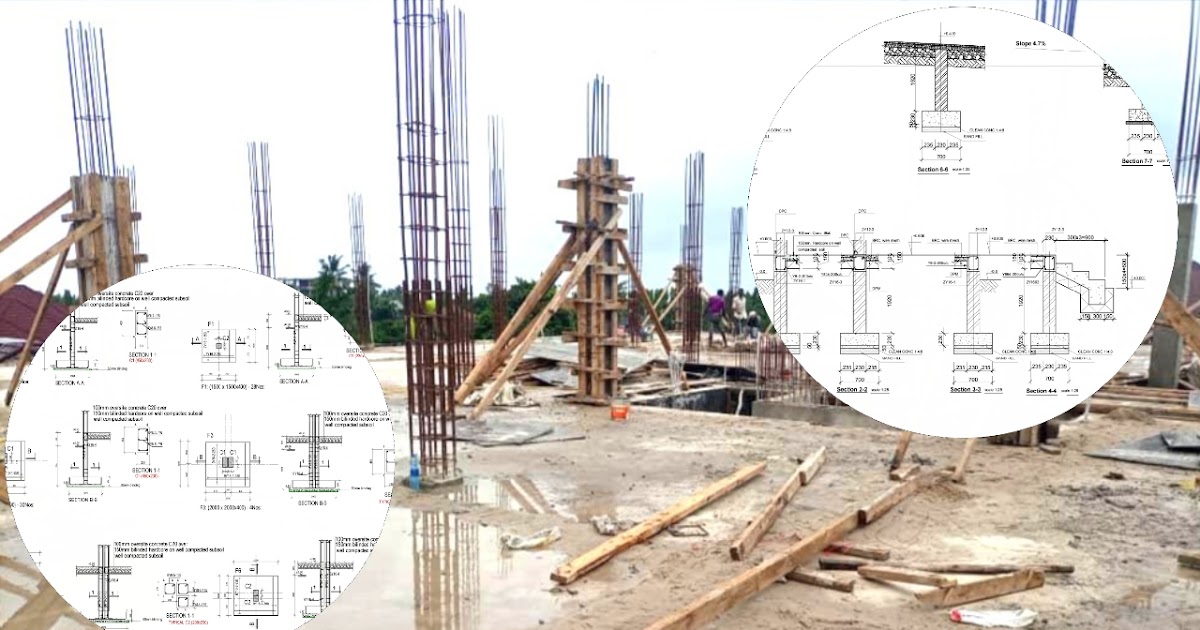The practice of urban design is driven by aesthetic theories, design practices and technological innovations. Our investigation will also consider socioeconomic changes, the evolution of the idea of contemporary nature, and experiments in community architecture as we examine the larger cultural context, as well as issues local to Rwanda, in which to position the design of the city. The course will be organized topically but will also follow the historical development of the city. The case studies and examples used will strive to be freed from Eurocentrism, and to present and begin to understand the evolution of cities in a more broad, worldwide, and contemporary context.
Having successfully completed the module, students should be able to:
i. Describe various patterns of settlement and urban development tendencies in Europe, the Americas, Asia and Africa.
ii. Illustrate how these cities and their inhabitants have responded to historical, cultural, demographic, economical, social, political, and ecological influences.
iii. Identify and give an account of the major phases of the discipline of urban design.
iv. Demonstrate an understanding of the context and development of various urban forms throughout the world.
v. Recognize and critique the various contemporary visions, philosophies, and approaches to understanding the 21st Century city especially with reference to the issues pertinent to urbanism in central Africa.
vi. Portray a thorough understanding of inherent urban design issues and be able to express these ideas in a structured and coherent way.
vii. Demonstrate a familiarity with the basic geographical, chronological and cultural framework of the inception and evolution of urban design.
viii. Analyze data collected through research and assimilate into a clear and coherent arguments.
ix. Demonstrate skill and confidence in clarity of expression in presentations.
x. Learn independently in familiar and unfamiliar situations with open mindedness and in a spirit of critical enquiry.
xi. Have clear and thoughtful discussions relating the readings and various topics and themes throughout the course.
xii. Be able to outline and support a conceptual written argument or thesis
xiii. with regard to issues of contemporary urban space with appropriate depth of research and pertinent references and citations.
- Teacher: IYAKAREMYE Victor

The course aims to study steel structural members sections needed due to different loadings, The design of structural elements and systems in steel; structural foundations, walls, columns, beams, trusses, frames and space frames. The student will be able to analyze the structural members subjected to various types of loadings and identify the loading path.
Having successfully completed the module, students should be able to demonstrate knowledge and understanding of:
i. Designing steel structural members
ii. Selecting suitable sections after designing
iii. Apply methods of designing steel loaded members such as beams, columns and trusses.
iv. Apply concept of structure in Architecture to the studio design of structural forms
v. Analyze different building Elements and components, checking and evaluating different types of loadings due to the structural members to be designed.
vi. Choose suitable architectural forms for building during architectural design.
vii. Undertake self learning in Structures area.
viii. Produce simple reports about structures behavior.
- Teacher: Abdou NIYITANGAMAHORO

